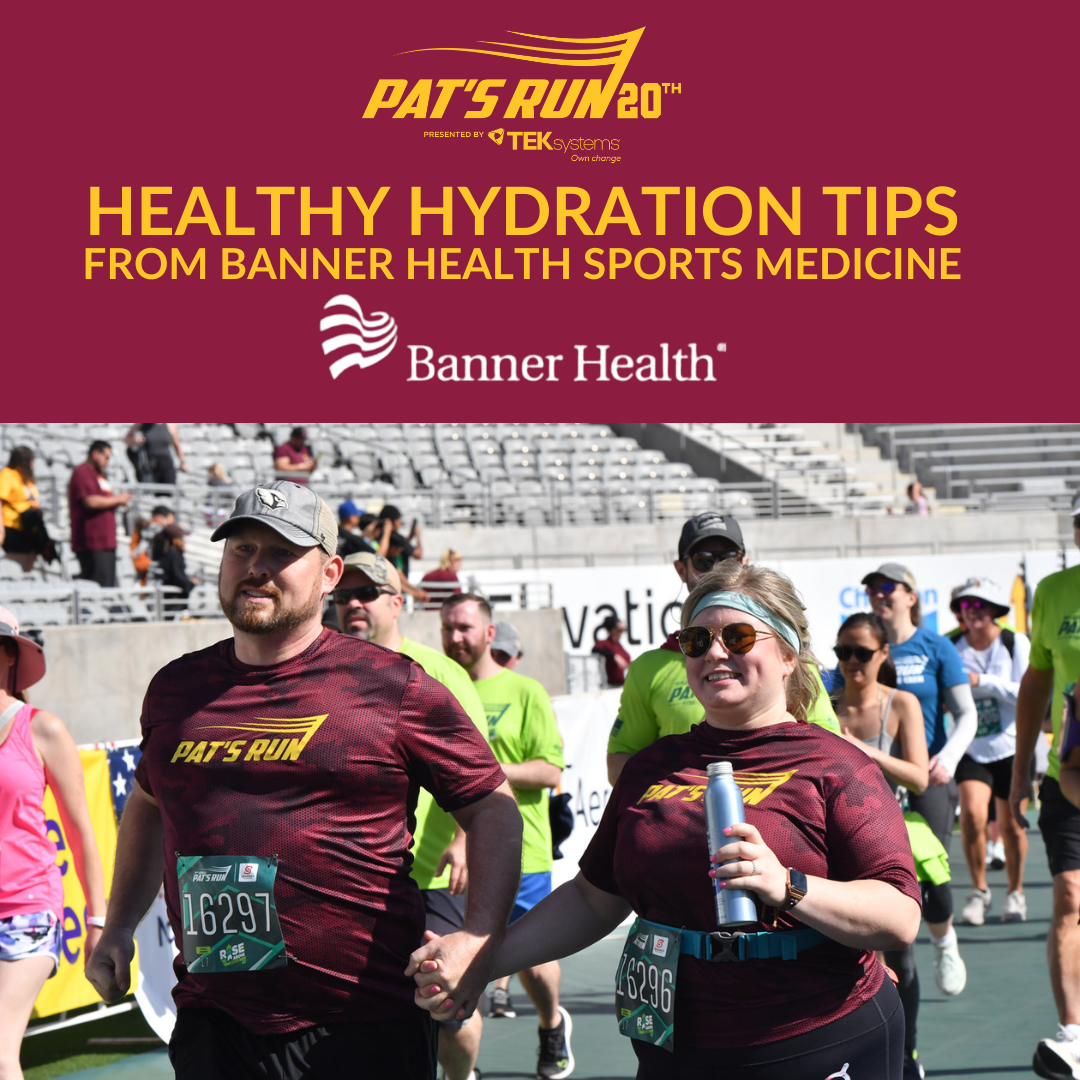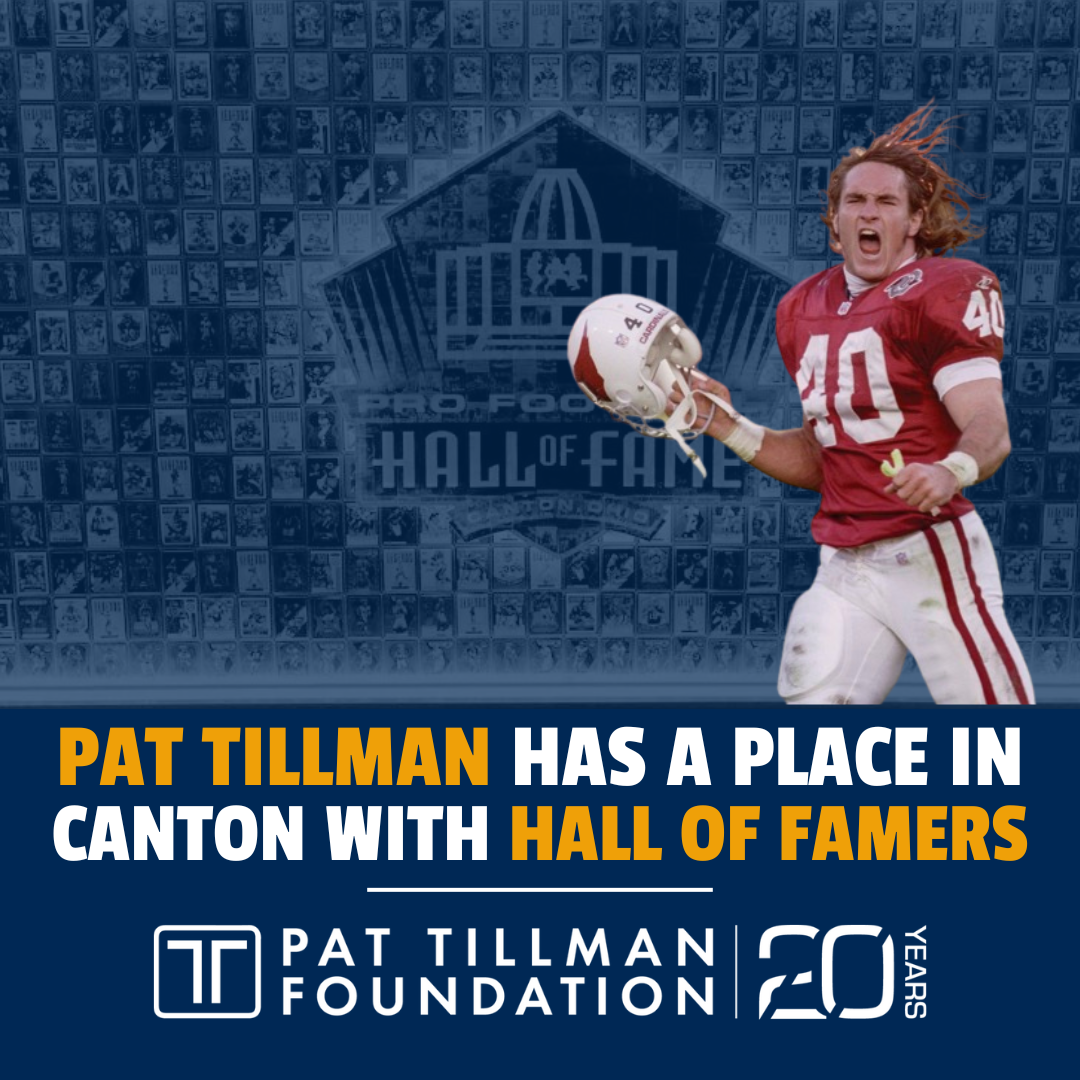Make Your Mark: Emily Junkins and the Road to Scientific Discovery
“You see we keep looking in the same places and finding the same things, and the need to access these new drugs is more dire than ever, because the drug-resistant outlook is expected to worsen. But I want to tell you that there’s hope.”
Our Make Your Mark series, powered by the NFL, showcases the global impact of the Tillman Scholars who are writing the story of a better future. In these videos they share their works of humble leadership and service across both public and private sectors. For the next few weeks, we will be sharing our scholars’ impressive work that seeks to actively change the world. This Make Your Mark Talk was originally presented at the 2018 Tillman Honors.
In her talk, Tillman Scholar Emily Junkins uses her time to discuss the science that inspires her work: the pursuit of new drugs that can continue to find new antibiotics to combat the growing problem of drug-resistant bacteria.
She discusses the omnipresence of microbes, the difficulties of finding the right ones and her own innovative approach to pursuing solutions to the problems of creating these important, new drugs.
She not only makes her research accessible but actively seeks to bridge the crucial gap between ordinary people and the science that is so important to protecting our populations as the world of microbes evolves and becomes more difficult to manage.
In the time of COVID-19 and discussions about vaccines, treatment drugs and the efficacy of face masks, her speech is a powerful reminder that science is built on curiosity. Although the work can be imperfect and challenging, there is immense humanity, humor and heart behind the research scientists pursue to protect us.
Watch her full talk and read the transcript below.
Originally I thought I wanted to talk to you tonight about effective science communication — about how the lack of accessibility to science creates a knowledge gap and the circulating doubt about what really constitutes a scientific fact, and how all of this creates a disconnect between the science, the people doing the science, and the public.
But I feel like in this room at least we’re all pretty aware of that disconnect and the problems this caused, so instead of talking about ways to communicate science, how to implement it, I want to spend my time actually communicating some science. I’m a microbiologist, and I’m concerned with finding new antibiotics to combat the growing problem of drug-resistant bacteria — or superbugs. Historically, our antibiotics had played vital roles in human health, in the agricultural industry, but infections we once could cure are growing resistant to our antibiotics. Now you may not know this, but we largely live in a microbial world. Even on a cellular level, we’re probably more microbial than we are human, so they can’t be all that bad.
Like, did you know it was microbes that first introduced oxygen into our atmosphere at 2 and ½ billion years ago; or that they can be found nearly everywhere, from the deepest parts of our ocean to the International Space Station, and it’s because of this diversity humans have been able to take advantage of the microbial world. We use introduced plastics, beer, and importantly our antibiotics. But why would a bacterium produce an antibiotic? That seems counterintuitive. Right?
Just as humans use weapons during times of conflict and competition so do microbes. And it’s the very molecules they’re using to interact with each other that become our antibiotics. So if we know that they produce them, why not go find more, see what they can make, determine if we can use it? Sure. But the problem is microbes can be very difficult to isolate. It’s estimated that less than 1% of all the microbes on earth have even been studied in our laboratories.
So, for example, it’s about 300 people in this room, and you all now represent the microbial world; and I’m gonna take 1% of you, so 3 of you, and I give you a questionnaire and I ask – What’s your favorite food? Do you prefer cats or dogs? What book are you reading right now? Everything I know, then, about this room so the microbial world is based on what those three people, what that 1% has told me. That’s not a lot of data, right?
You see we keep looking in the same places and finding the same things, and the need to access these new drugs is more dire than ever, because the drug-resistant outlook is expected to worsen. But I want to tell you that there’s hope.
I’ve been looking for a solution in an unlikely place. Earlier, I said that microbes can be found everywhere, and that’s true. Recently, molecular data from microbial DNA have suggested that mammals, including humans, have these microbiomes capable of making these antibiotic compounds. But humans, and human samples, are difficult to work with (regardless of your field). They’re expensive and, to be honest, it’s a lot of paperwork. So I’ve turned to the highways and drivers of Oklahoma, where mammalian samples are easily encountered. Unlike most scientists, I’ve turned to roadkill.
Not only is roadkill abundant, but it really represents two key hypotheses for drug discovery: one, it’s a mammal — we’re a mammal. If a raccoon can tolerate the byproduct of its microbiome, then we, as mammals, may also be able to tolerate it with limited harm. And two: Earlier I mentioned competition. When an animal dies, the physiological factors regulating that microbiome, no longer function. This means that if a microbe has a competitive advantage, say the ability to produce an antibiotic, it can out-compete others, increasing our chances of detecting. So, I go out casing the highways of Central Oklahoma for fresh roadkill, and I prepare to swab it.
Now, up until this point I have not told you exactly what I’m swabbing, but we are mainly interested in the gut, which means I swab the rear orifice. So, back in the lab, I can grow these up on a plate, separate them from other microbes and screen each one individually for the production of an antibiotic, and what we hope to see is this — and what I’ve done is I’ve etched in that X my microbes of interest. On top of one of these drug-resistant pathogens, and, hopefully, we see these clearings. Because what that means is my microbe is producing some chemical that’s inhibiting the growth of that pathogen.
Now this drug discovery pipeline is not new, nor is it nearly as simple as I made it seem, but often in the early stages of drug discovery scientists are trying to apply some sort of innovation, and it’s been promising! We’ve been able to identify some potential new antibiotic compounds by being a little creative or, really, just desperate. And now we can ask these larger questions about – what’s the advantage of producing that antimicrobial? Or how do interactions within that community affect the production of that antimicrobial? And, overall, how can we use ecological theory to find new and needed antibiotics?
So that’s where I want to leave you. I hope I’ve made science feel a bit more accessible and that you’ve learned something new. I especially hope that I’ve broken down a barrier for you, to ask a scientist what they do and why they do it, because, more often than not, you’re not going to shut us up about it. Science, and being a science, is simply being curious — methodically and empirically curious — but curiosity is something that we all possess. So I hope I’ve engaged your curiosity, and that, for tonight, you drive away — let me know if you hit anything — knowing a bit more than when you came in.
Thank you.




